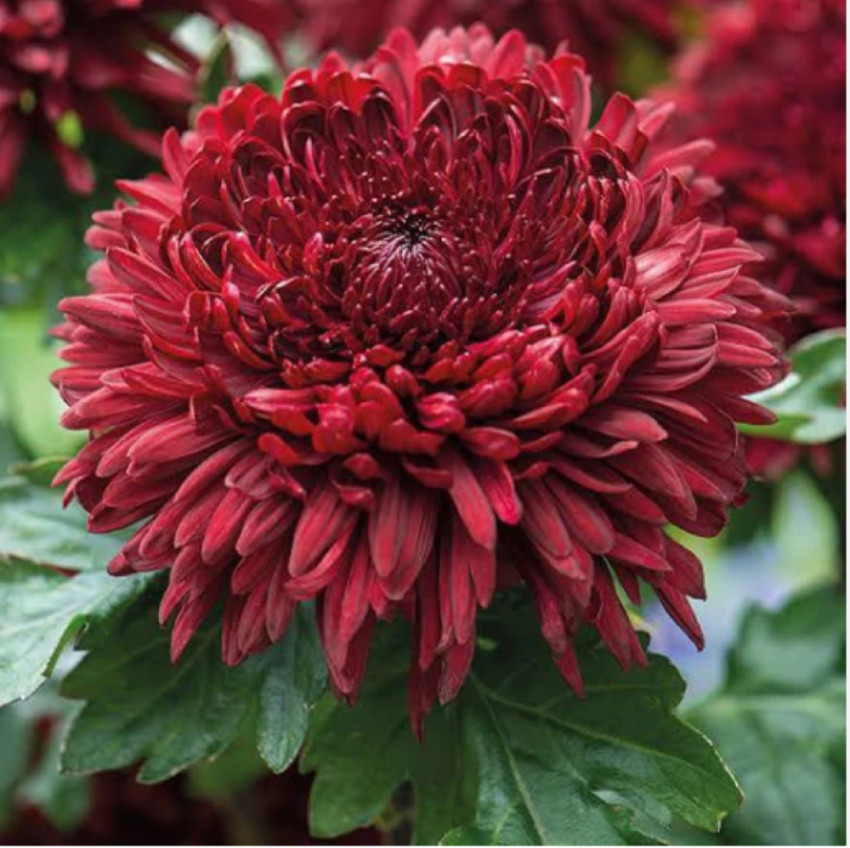
Chrysanthemums plant, renowned for their vibrant blooms and rich cultural symbolism, are among the most beloved flowering plants worldwide. From gardens to floral arrangements, these versatile flowers captivate with their stunning array of colors and unique forms. Here, we delve into the world of chrysanthemums, exploring their cultivation, significance, and enduring appeal.
Cultivation:
Chrysanthemums, belonging to the Asteraceae family, are native to Asia and northeastern Europe. However, their popularity has led to cultivation across the globe. Cultivating these enchanting flowers begins with selecting the right location. Chrysanthemums thrive in well-drained soil and prefer full sunlight, although they can tolerate partial shade.
Planting should ideally occur in spring, allowing the roots to establish before the flowering season. Regular watering is essential, particularly during dry spells, but care should be taken to avoid waterlogging. Pruning promotes healthy growth and abundant blooms, with faded flowers removed to encourage further flowering.
Chrysanthemums are available in a breathtaking array of colors, including pristine whites, sunny yellows, fiery oranges, romantic pinks, and regal purples. Their diverse flower forms, from classic daisy-like blooms to intricate pompons and spider-like shapes, offer endless possibilities for garden design and floral arrangements.
Cultural Significance:
Beyond their aesthetic allure, chrysanthemums hold deep cultural significance in many societies. In Asian cultures, particularly China and Japan, these flowers symbolize longevity, happiness, and joy. They are often featured in traditional ceremonies, such as weddings and funerals, as tokens of good fortune and well-being.
In the language of flowers, chrysanthemums convey a range of sentiments. White chrysanthemums symbolize purity and truth, making them popular choices for bridal bouquets. Yellow chrysanthemums represent friendship and joy, while red ones signify love and passion. Pink chrysanthemums are associated with romance and admiration, and purple ones evoke royalty and dignity.
Conclusion:
Chrysanthemums, with their resplendent beauty and profound symbolism, continue to captivate hearts around the world. Whether adorning gardens, brightening floral arrangements, or conveying heartfelt emotions, these exquisite flowers leave an indelible impression. Through their cultivation and cultural significance, chrysanthemums serve as timeless reminders of nature's grace and humanity's enduring connections.Chrysanthemums, with their resplendent beauty and profound symbolism, continue to captivate hearts around the world. Whether adorning gardens, brightening floral arrangements, or conveying heartfelt emotions, these exquisite flowers leave an indelible impression. Through their cultivation and cultural significance, chrysanthemums serve as timeless reminders of nature's grace and humanity's enduring connections.
Chrysanthemums, belonging to the Asteraceae family, are native to Asia and northeastern Europe. However, their popularity has led to cultivation across the globe. Cultivating these enchanting flowers begins with selecting the right location. Chrysanthemums thrive in well-drained soil and prefer full sunlight, although they can tolerate partial shade.
Planting should ideally occur in spring, allowing the roots to establish before the flowering season. Regular watering is essential, particularly during dry spells, but care should be taken to avoid waterlogging. Pruning promotes healthy growth and abundant blooms, with faded flowers removed to encourage further flowering.



